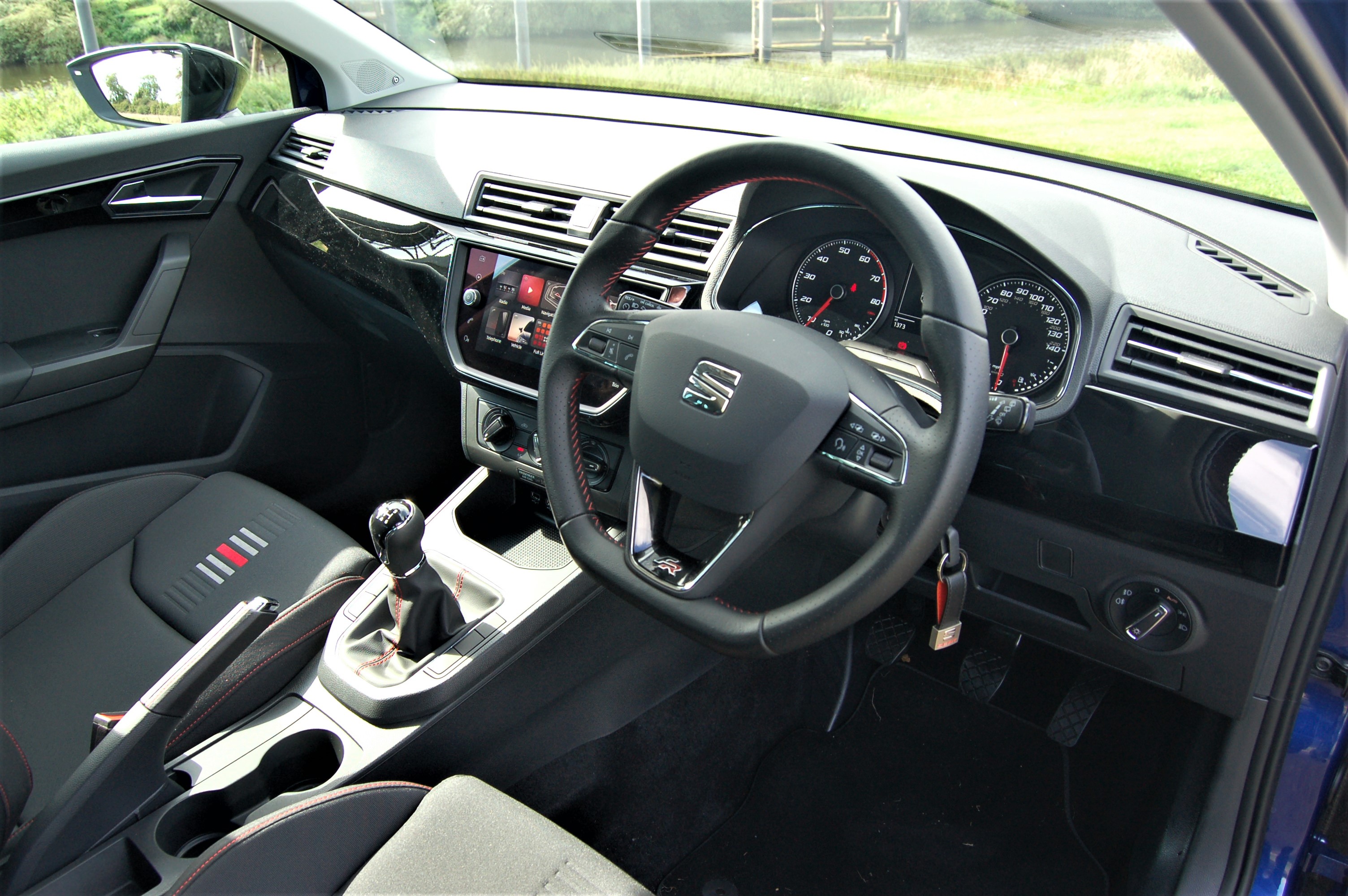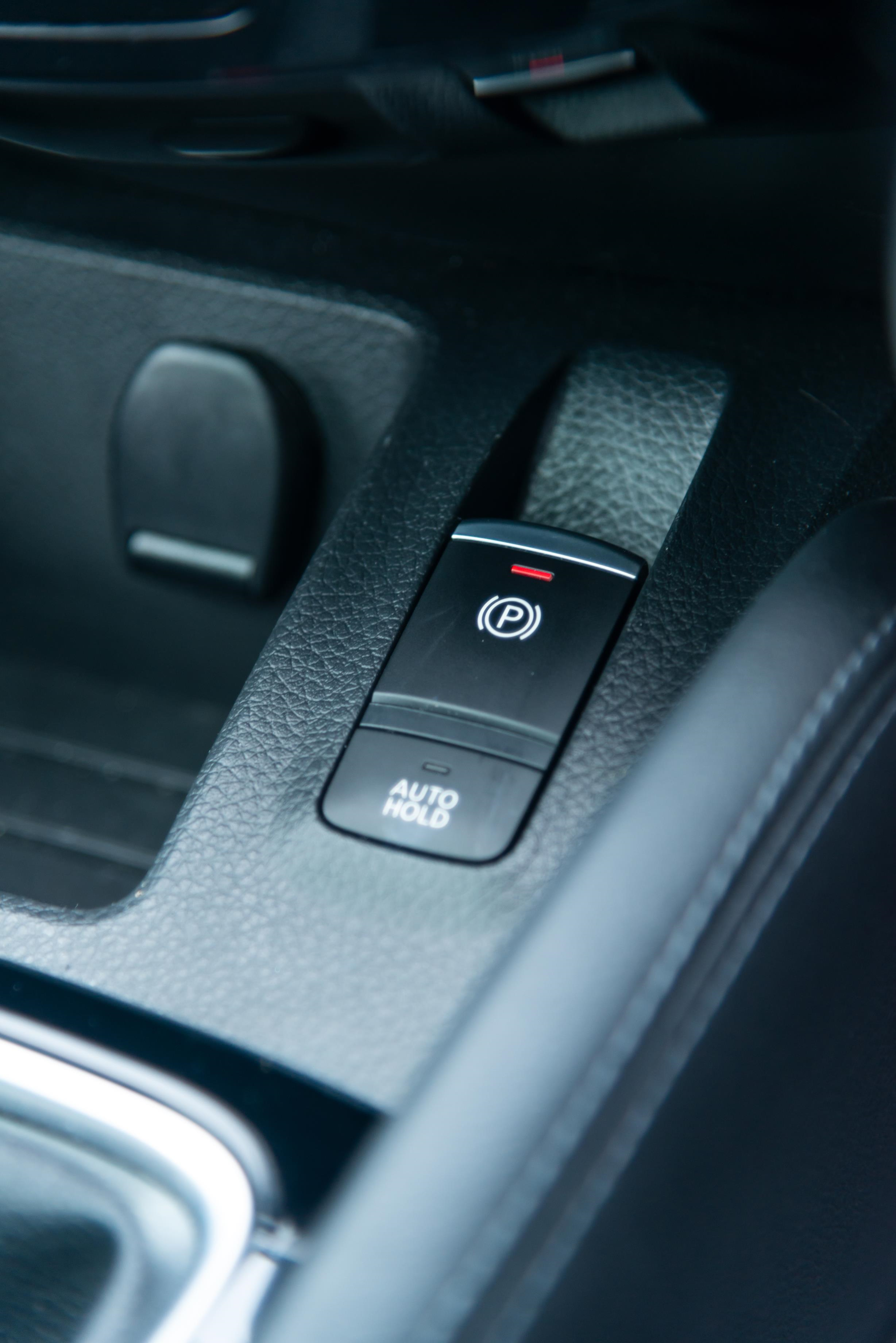When I was a callow youth learning about life, driving, booze and women, I indulged in immense voyages of discovery, some of which came home to roost and caused me endless grief thereafter. Yet, almost as though driving would become my personal motive force (which it did), I can still recall the joys of discovering the mostly immoral ‘handbrake turn’.
Heading into a local industrial estate on a Saturday evening, where I was certain not to upset locals, because I did have a conscience and an innate sense of ‘catholic guilt’, once the tyre smoke had cleared and I appreciated that a sense of timing (for lever release) was vital, I became a master in my own back yard. The ability to swing a car around in its own length would pay dividends in later motorsport activities, when the costs associated with stretched brake cables and worn-out tyres were less of an issue, directly proportionate to the amount of money I earned.
Performing a fluent, 180-degree handbrake turn with a rear-wheel-drive car was a practised art that involved juggling the clutch pedal, handbrake lever and throttle pedal. Eventually, I could make the manoeuvre without stalling, or the poor lever between the front seats being wrenched from its mounting. Front-driven cars were so much easier, although discovering the joys of reverse spin-turns added to an armoury of ultimate car controls that subsequent driver education would soon make invalid.

The more deeply I became entrenched in the motoring business, the greater was my understanding of hydraulic handbrakes and the mystical ‘fly-off’ type, as fitted to many sports cars and some luxury machines. Finessing my skills came next, allied to rapidly escalating car costs, which meant less tugging and more gentle applications. I am sure that both the booze and women in my life appreciated the more mature approach.
However, analysis has shown that the once familiar handbrake lever, which could be applied manually (between the front seats), by foot-pedal (with a separate release lever) and even by a lower dashboard-mounted ratchet-lever, has been disappearing. In fact, only Suzuki Cars and Dacia remain faithful to the traditional handbrake lever in all of their models. While the US-style foot-pedal operated parking brake is popular with several car manufacturers, the majority have now moved onto an electronic solution.
While I can comprehend the accompanying mechanical sympathy, by which the electronic system only applies enough pressure to the parking-brakes (which usually operate on the rear hubs, although some use a front-wheel parking-brake system) and no more, they do remove that rare opportunity to perform a stopping exercise, should the hydraulic system have failed, or when the driver has collapsed at the steering wheel.

Of course, the traditional lever and its accompanying hardware does require a lot of extra space to be made available that restricts storage slots. A wee switch allows drink-holders, coin slots and key-fobs to be installed in fresh spaces not providing induction charging pads for mobile telephones, since the demise of the in-car ashtray. There is also less demand for adjusting the brake cables. Many systems allow some degree of ‘hill-hold’ facility and disengage automatically, as the driver pulls away. There have been many benefits related to the removal of the handbrake lever.
While my current Suzuki retains a conventional mechanical link to the car’s rear brakes, I shall miss it, when it finally disappears in future cars. Only 37% of all new cars sold in the UK currently have a handbrake lever to operate.